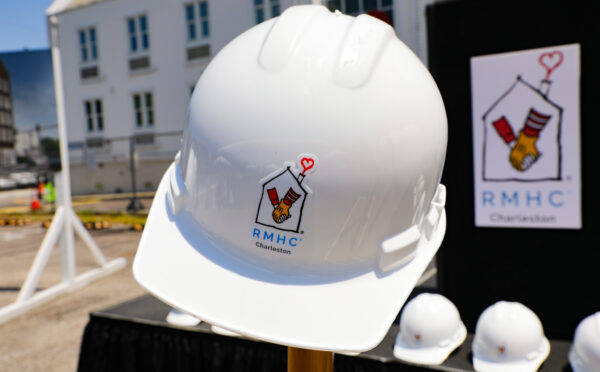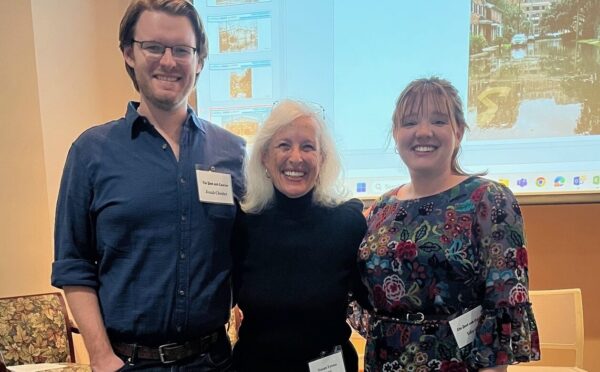Donors and nonprofits gather at The Beaufort Fund’s 2015 Grantee Reception. The Beaufort Fund awards operational and funding to nonprofits in Beaufort, Colleton, Hampton and Jasper Counties.
Most of us can agree on two concepts when it comes to evaluating nonprofit effectiveness:
First, in some cases, an organization’s overhead ratio – the ratio of overhead to direct program expenses – can provide a helpful picture of its overall financial status, or alarming trends, such as fraud or gross mismanagement.
Second, as philanthropists and funders, we choose to work in partnership with certain organizations to alleviate social problems.
The overhead ratio is only one tool we can use to evaluate nonprofit effectiveness. However, it’s often cited as the most important – even only – indicator of effectiveness. Even our own South Carolina Secretary of State uses the overhead ratio to select 10 nonprofit “angels” each year.
Here are a few reasons why an evaluation approach driven by the overhead ratio inhibits organizational success and further perpetuates the nonprofit starvation cycle:
1) Nonprofit is a tax status, not a business model. They are responsible for alleviating problems far costlier than their income. Profit allows nonprofits to increase their investments in external solutions, as well as internal capacity for items like professional development or marketing, to achieve their mission more effectively.
2) There are more meaningful indicators of nonprofit success. When we use overhead ratio as the primary sign of effectiveness, we overlook deeper indicators of success such as: leadership, transparency, governance, growth, stability, commitment to equity and inclusion, and results.
3) Innovation is fueled by investment. Our world is being rapidly transformed by private sector innovation. If we want effective solutions to social problems, it is critical that we empower nonprofits to test innovative ideas in both programs and internal structures. Innovation-driven success can’t be measured by a marker as simple as the overhead ratio.
4) Donors and funders work in partnership with nonprofits. At our best, we are supportive partners working together with nonprofits to make our community a better place. Great partnerships are built on the foundation of trust, and that trust needs to trump any single measure of success if we want to foster lasting change in our community.
At Coastal Community Foundation, we are proud to provide funding for organizational operations and capacity. We hope you will join us in advancing beyond the overhead myth so that together we can support meaningful partnerships, and ultimately, progress.


